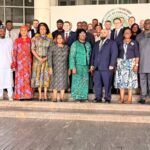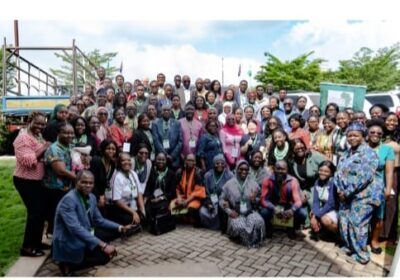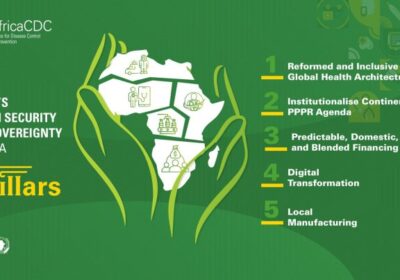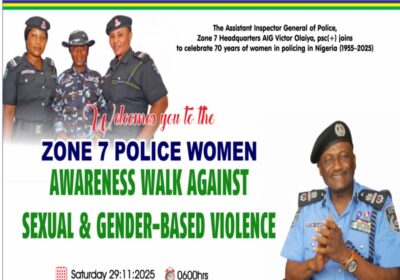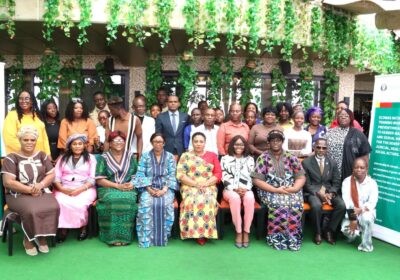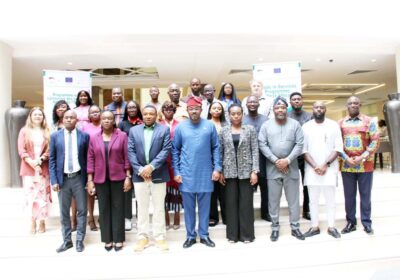GPU, IHRDA and UNICEF Train Reporters on Ethical Child Rights Reporting.
By Raymond Enoch
In a significant step towards strengthening child protection through the media, the Gambia Press Union (GPU), in collaboration with the Institute for Human Rights and Development in Africa (IHRDA) and UNICEF Gambia, concluded a two-day intensive training on the ethical and rights-based reporting of children’s issues.
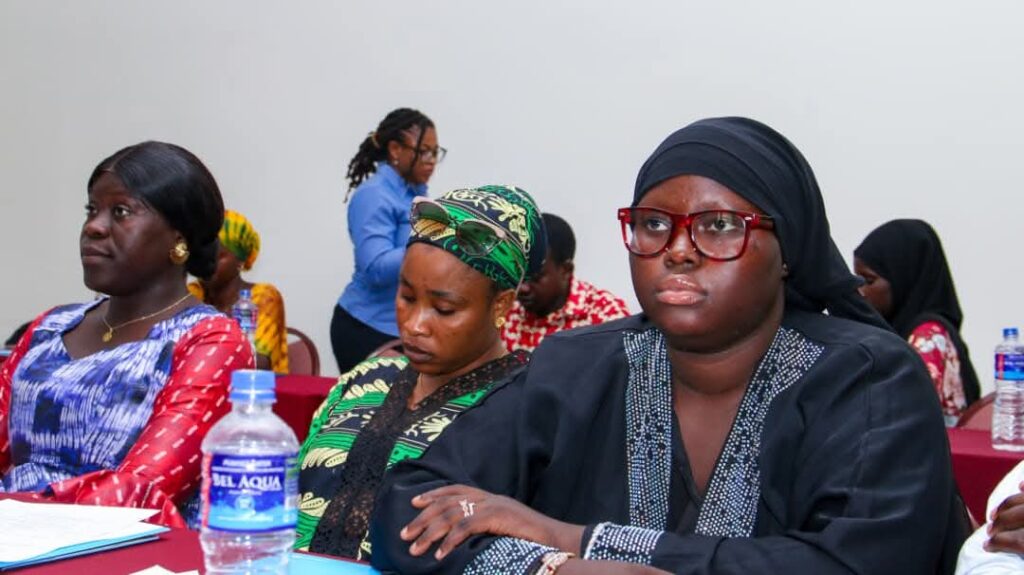
Held from October 10–11, 2025, the training brought together senior reporters and editors from across the country, with a focus on equipping them with the tools to report sensitively and professionally on complex child rights cases, including sexual and gender-based violence and other harmful traditional practices.
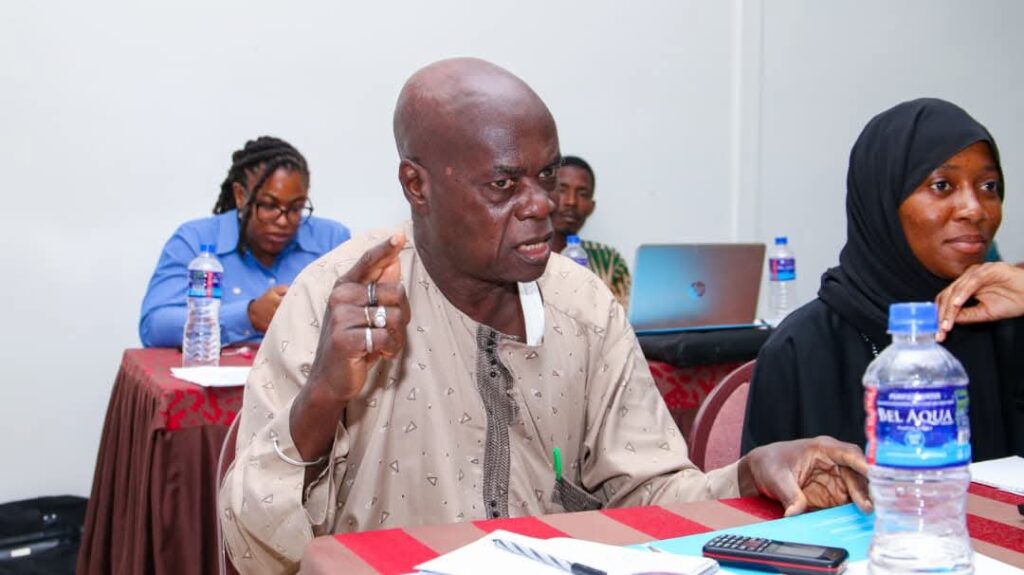
GPU Vice President Sheriff Saidykhan, while opening the training on Friday, emphasized the critical role journalists play in shaping narratives around children.
“Children’s stories require a higher degree of professionalism, especially in reporting on issues related to gender-based violence and harmful traditional practices like Female Genital Mutilation (FGM),” Saidykhan stressed. “I encourage you all to make the most of this opportunity and learn from some of the best resource persons.”
The training focused on areas such as child-friendly reporting, consent and privacy, courtroom reporting involving minors, and the use of images and videos involving children. Participants engaged in interactive sessions with human rights experts, media trainers, and legal practitioners.
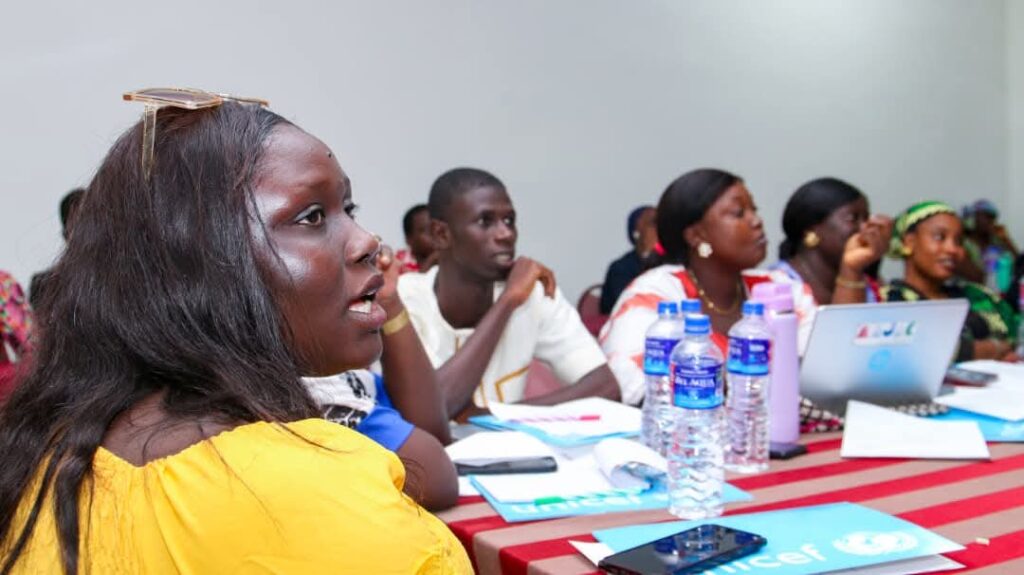
Later that day, GPU Secretary General Modou Joof delivered a detailed presentation on ethical principles in reporting on children.
“Journalists are duty-bound to protect children from harm—including harmful traditional practices, sexual and gender-based violence,” Joof noted. “The best interest of the child must always be placed above all other considerations, including editorial demands or public interest.”
The training specifically targeted editors and senior reporters covering beats related to courts, social justice, and children’s rights. According to organizers, participants were carefully selected to ensure a diverse representation of newsrooms and to foster stronger collaboration between reporters and editors when handling sensitive child-related stories.
Through group work, case study reviews, and ethical dilemma scenarios, the training aimed to reshape how journalists approach stories involving minors—not just to inform, but also to protect.
This initiative comes at a time when children’s rights issues are becoming more prominent in public discourse, and the need for accurate, ethical, and empathetic reporting has never been more urgent.
As the sessions concluded, participants pledged to uphold the ethical standards discussed and committed to promoting child-sensitive reporting practices in their respective media houses.
“This training has reminded us that every child has a story, but not every story should be told,” said one participant. “We now have a greater responsibility—to inform, to protect, and to advocate.”



